Informative Signs
- 1/13
Your action while driving should be to anticipate something ahead—like a hazard turn or stop—exactly 200 meters from the sign. Begin preparing accordingly.
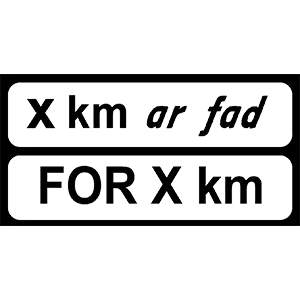
You should continue to follow the restriction (e.g. reduced speed roadworks) until the stated kilometer distance is completed.
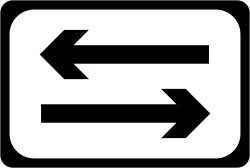
You should check mirrors and signal if you plan to move left and be alert to possible merging or diverging traffic.
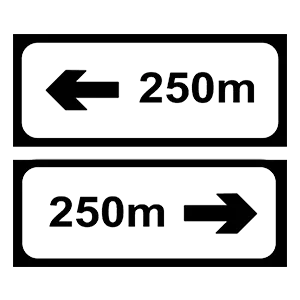
Direction and distance signs provide essential guidance to drivers, helping them navigate roads and reach their destinations safely

Your action should be to slow down significantly and stay alert for hazards such as sharp bends hidden junctions or pedestrians.
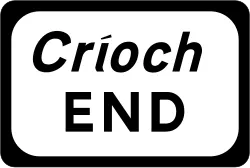
You may resume normal driving behaviour appropriate for the road as the earlier limitation (e.g. no overtaking speed restriction) is no longer active.

Your action should be to reduce your speed accordingly due to potential hazards or road conditions that make higher speeds unsafe. This is not a legal limit but a safety advisory.

Your action should be to stay alert for fresh paint lane marking changes or road crews working on symbols/arrows and proceed with caution.
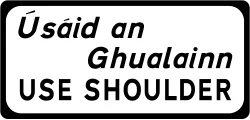
Your action should be to move onto the hard shoulder only when directed by signs or traffic authorities especially during traffic incidents or peak congestion.
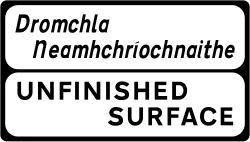
Your action should be to reduce speed stay alert for debris and drive cautiously over the uneven or incomplete surface.

Your action should be to stay away from the marked hazard area detour if needed and avoid driving into the section blocked off by the barrier board.

Your action should be to reduce speed and stay highly alert for vehicles or pedestrians suddenly emerging due to the restricted visibility of the entrance.

Your action should be to slow down and follow the indicated path carefully using the chevrons to guide your steering through the turn or around the obstruction.
 Pass the Exam easily with Premium Practice Tests | Unlock All with 7 Days Plan
Pass the Exam easily with Premium Practice Tests | Unlock All with 7 Days Plan  Offer Ends in
Offer Ends in 
